Home>Furniture>Office Furniture>How Much Do Built In Bookshelves Cost
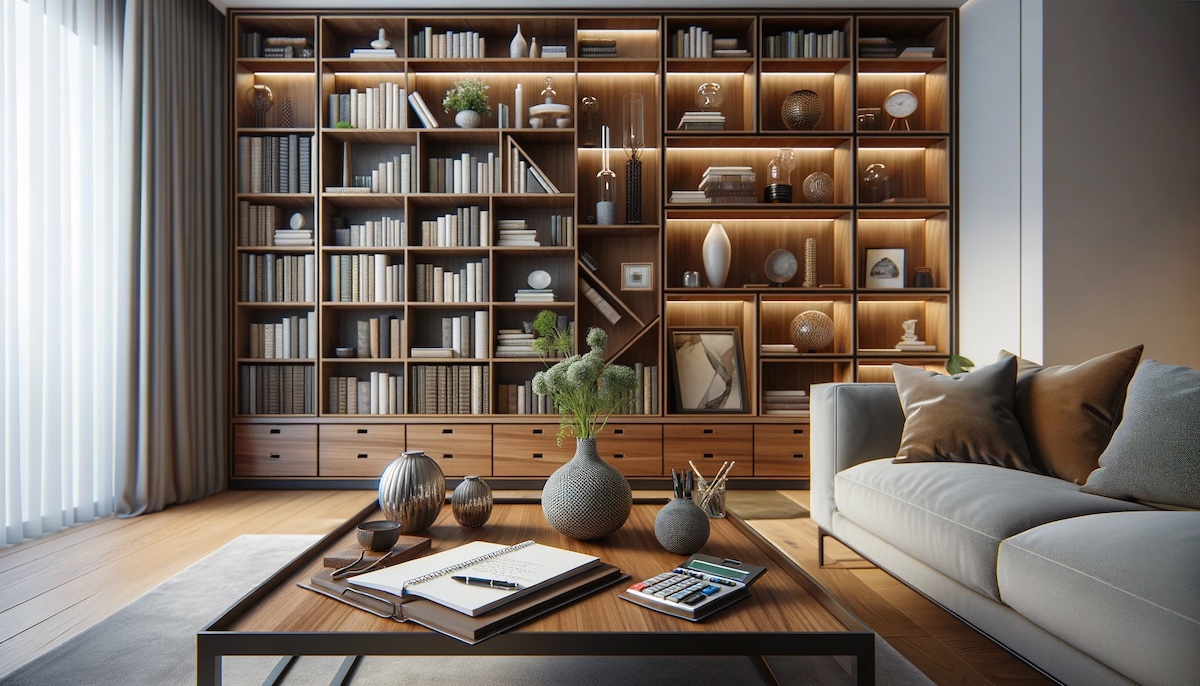

Office Furniture
How Much Do Built In Bookshelves Cost
Modified: December 7, 2023
Discover the cost of built-in bookshelves for your office furniture needs. Find out how much you can expect to pay for custom bookshelf installations.
(Many of the links in this article redirect to a specific reviewed product. Your purchase of these products through affiliate links helps to generate commission for Storables.com, at no extra cost. Learn more)
Introduction
When it comes to enhancing the functionality and aesthetics of your home or office, built-in bookshelves can be a game-changer. Not only do they provide ample storage space for your books and decorative items, but they also add a touch of sophistication and elegance to any room. However, before embarking on a project to install built-in bookshelves, it’s essential to understand the factors that can affect the cost.
In this article, we will explore the various elements that can influence the price of built-in bookshelves, enabling you to make informed decisions and plan your budget accordingly.
From the materials used and labor costs to customization options and regional variances, there are several key factors to consider. We will also discuss additional features and accessories that can impact the overall cost, as well as hidden expenses that may arise during the installation process.
Additionally, we will provide some cost-saving tips to help you optimize your budget without compromising on the quality and style of your built-in bookshelves.
So, whether you’re a book lover looking to showcase your collection or a business owner in need of practical storage solutions, read on to discover valuable insights about the cost of built-in bookshelves and how to make the most of your investment.
Key Takeaways:
- Consider the size, complexity, materials, and labor costs when budgeting for built-in bookshelves. Customization and regional variances also impact the overall expense, so plan carefully to achieve the desired result within budget.
- To save costs, research, DIY where possible, and repurpose materials. Standardize sizes, simplify designs, and shop around for bargains. Careful planning and multiple quotes can help achieve cost-effective built-in bookshelves without compromising quality.
Read more: How Much Do Pillows Cost
Factors Affecting the Cost of Built-In Bookshelves
Before diving into the specifics of the cost of built-in bookshelves, it’s important to understand the key factors that can influence the overall price. By considering these factors, you can have a clearer picture of what to expect and make informed decisions during the planning and budgeting stages of your project.
Size and Complexity: One of the primary factors that can impact the cost of built-in bookshelves is the size and complexity of the installation. Larger bookshelves or those with intricate designs may require more materials and labor, thus increasing the overall cost. Additionally, the number of shelves, compartments, and unique features such as built-in lighting or hidden storage areas can contribute to the complexity and ultimately affect the price.
Materials Used: The choice of materials for your built-in bookshelves will significantly influence the cost. Common materials include wood, metal, and laminate. Hardwood, such as oak or maple, tends to be more expensive but offers durability and a classic look. Laminate or veneer options can be more budget-friendly while still providing an attractive finish. Additionally, the type of finish or stain applied to the wood can also affect the price.
Labor Costs: Another important aspect to consider is the cost of labor. The complexity of the design and the skill level required for installation will impact the labor costs. Hiring professionals or skilled craftsmen to handle the installation can ensure a high-quality outcome but may come with a higher price tag. On the other hand, if you have the necessary skills and expertise, you may opt for a DIY approach to save on labor costs.
Customization and Design: Built-in bookshelves offer incredible flexibility when it comes to customization and design. The extent of customization, such as adjustable shelves, built-in desks, or specialized compartments, can add to the overall cost. Additionally, if you have a specific design in mind or require custom-made bookshelves to fit unique spaces or architectural features, the price may increase due to the additional time and effort needed to create a tailored solution.
Location and Regional Variances: The cost of built-in bookshelves can also vary based on your location. Factors such as local labor rates, supply and demand, and the overall cost of living in a particular area can impact the price. It’s essential to research and compare prices from different suppliers, contractors, and professionals in your region to get a realistic estimate of the cost.
Additional Features and Accessories: Built-in bookshelves can be enhanced with various additional features and accessories that can add to the cost. These may include features like built-in lighting, decorative moldings, glass doors, or integrated media systems. While these elements can elevate the aesthetics and functionality of your bookshelves, they may come at an extra expense.
Now that we’ve covered the main factors affecting the cost of built-in bookshelves, you can begin to evaluate your project’s requirements and consider how these factors may shape your budget. By carefully planning and weighing your options, you can create the perfect built-in bookshelves that meet your needs and align with your budget.
Materials Options
Choosing the right materials for your built-in bookshelves is a crucial decision that not only affects the overall look and feel of the shelves but also influences the cost. Here are some common materials used for built-in bookshelves:
Wood: Wood is a classic and popular choice for built-in bookshelves due to its durability and timeless appeal. Hardwoods such as oak, maple, cherry, and walnut are commonly used for their strength and natural beauty. However, hardwoods tend to be more expensive, so if you’re on a tight budget, you can opt for less expensive wood species or composite wood with a veneer or laminate finish. These alternatives can provide a similar aesthetic at a lower cost.
Metal: Metal bookshelves offer a sleek and modern look that can complement contemporary or industrial-style interiors. Steel or iron are commonly used for their strength and stability. While metal bookshelves can be more expensive compared to wood, their durability and longevity make them a worthwhile investment for those looking for a long-lasting storage solution.
Laminate or Veneer: Laminate or veneer options are cost-effective alternatives to solid wood. These materials consist of a thin layer of wood or decorative pattern adhered to a plywood or particleboard core. Laminate bookshelves are available in a wide range of colors and finishes, allowing for customization and easy maintenance. They are more affordable than solid wood but may not have the same level of durability or natural aesthetic.
Glass: Incorporating glass into your built-in bookshelves can add an elegant and sophisticated touch. Glass can be used for cabinet doors, shelves, or even as decorative accents. While glass shelves are more prone to breakage and may require careful handling, they can create a visually stunning display for your books and decor.
Composite Materials: Composite materials, also known as engineered wood or medium-density fiberboard (MDF), are made from recycled wood fibers and resin. MDF is highly durable and offers a smooth surface ideal for painting or applying finishes. It is a budget-friendly option and can be a good choice if you want a consistent and uniform look for your bookshelves.
Combination of Materials: Depending on your design preferences, you can mix and match different materials to create a unique and personalized look for your built-in bookshelves. For example, combining wood and metal can create a contemporary and eclectic design. You can also incorporate other materials such as stone, concrete, or reclaimed materials to add character and texture to your bookshelves.
When selecting the materials for your built-in bookshelves, consider factors such as your budget, desired aesthetic, durability requirements, and maintenance preferences. It’s also a good idea to consult with a professional or supplier to understand the pros and cons of each material option and how they align with your specific project requirements.
Labor Costs
The cost of labor is a significant factor to consider when budgeting for built-in bookshelves. Hiring professionals or skilled craftsmen to handle the installation can ensure a high-quality outcome, but it may come at a higher price. Here are some factors that can impact the labor costs associated with installing built-in bookshelves:
Complexity of the Design: The complexity of the design can play a role in determining labor costs. Intricate designs that require precise measurements, multiple compartments, or custom features may take more time and skill to install, thus increasing the labor cost. On the other hand, simpler designs with straightforward installation requirements may be less expensive.
Experience and Skill Level: The experience and skill level of the professionals performing the installation can affect the labor costs. Highly skilled and experienced craftsmen may charge more for their expertise, but they can ensure a seamless and flawless installation. It is important to balance the cost of labor with the quality of workmanship to ensure a satisfactory end result.
Demolition and Preparation: If you are replacing existing bookshelves or need to remove any obstacles before installation, it may require additional labor and increase costs. Demolition work, including the removal of old shelves or wall modifications, can add to the overall labor expenses. Proper preparation of the space, such as ensuring level surfaces and addressing any electrical or structural considerations, is essential for a successful installation.
Time and Efficiency: The time required to complete the installation can also impact labor costs. Efficient installation teams may be able to complete the project more quickly, potentially reducing labor costs. However, rushing the process may compromise the quality of work, so it’s important to strike a balance between efficiency and attention to detail.
Geographical Location: Labor rates can vary depending on the geographical location. Areas with higher costs of living or greater demand for skilled labor may have higher labor rates. It’s important to research and compare prices in your specific region to ensure you have an accurate estimate of labor costs.
DIY Option: If you have the necessary skills and expertise, you can opt for a do-it-yourself (DIY) approach to save on labor costs. However, keep in mind that installing built-in bookshelves requires proficiency in carpentry, measurement accuracy, and the proper use of tools. Taking the DIY route can save you money, but it’s important to assess your abilities realistically before attempting the installation.
When considering labor costs, it is recommended to get multiple quotes from professionals or contractors to compare prices and evaluate their expertise. Discuss your project requirements and timeline upfront to ensure transparency and avoid any surprises in terms of labor costs.
Remember, investing in skilled labor can ensure the longevity and quality of your built-in bookshelves, so it’s important not to solely focus on cost-saving measures but to prioritize the expertise required for the installation process.
Customization and Design
One of the key advantages of built-in bookshelves is the ability to customize them to suit your specific needs and design preferences. The level of customization and complexity you choose can greatly impact the overall cost of your project. Here are some factors to consider when it comes to customization and design:
Adjustable Shelves: Adjustable shelves provide flexibility in accommodating books of different sizes or when you need to make room for taller items. Incorporating adjustable shelves into your built-in bookshelves can add to the complexity of the design and subsequently increase the cost. However, this feature can enhance the functionality and versatility of your bookshelves in the long run.
Built-in Desks or Workstations: If you require a workspace within your bookshelves, incorporating a built-in desk or workstation can be a great option. This customization adds convenience and maximizes space utilization. However, designing and integrating a desk or workstation will require additional work and materials, which can contribute to an increase in cost.
Specialized Compartments and Storage: Depending on your storage needs, you may want to include specialized compartments within your built-in bookshelves. These can include drawers, cabinets, or hidden storage areas. Customizing your bookshelves with these features provides a seamless storage solution, but it may require additional materials and labor.
Unique Designs and Architectural Features: If you envision a specific design or want to incorporate architectural features, such as rounded edges, curved lines, or arched doorways, it will require customization and potentially increase the cost. Unique designs and architectural elements add a distinctive touch to your bookshelves but may involve more intricate construction and specialized craftsmanship.
Finishes and Details: The choice of finishes and details can greatly influence the visual appeal of your built-in bookshelves. Whether you opt for a natural wood finish, a painted surface, or decorative moldings, these customization features can enhance the aesthetics but may add to the cost. Additionally, the quality of the finishes and details may impact the longevity and durability of your bookshelves.
Integration of Lighting: Incorporating lighting into your built-in bookshelves can create an inviting and ambient atmosphere. Built-in lighting can highlight your books and decorative items, enhancing the visual impact of your space. However, electrical work and the integration of lighting fixtures can increase the complexity and cost of the project. Consider LED lights for energy efficiency and longevity.
Remember that as the level of customization and complexity increases, the cost of materials, labor, and design expertise will also rise. It’s important to strike a balance between your desired customization features and your budget. Consulting with professionals or designers who specialize in built-in bookshelves can help you make informed decisions and create a customized solution that meets your needs and aligns with your budget.
When budgeting for built-in bookshelves, consider factors such as materials, size, and customization. On average, costs can range from $1,500 to $5,000, but can vary based on these factors and the complexity of the installation.
Read more: How Much Do Grills Cost
Location and Regional Variances
The cost of built-in bookshelves can vary based on your geographical location. Factors such as local labor rates, supply and demand, and the overall cost of living in a particular area can influence the price. Here are some key considerations when it comes to location and regional variances:
Cost of Living: The cost of living in a specific area can directly impact the price of built-in bookshelves. Areas with higher costs of living, such as major cities or affluent neighborhoods, tend to have higher labor and material costs. On the other hand, regions with lower costs of living may offer more affordable options for materials and labor. Understanding the general cost of living in your area can help you estimate the overall cost of your project more accurately.
Local Labor Rates: Local labor rates can vary significantly from one region to another. Skilled labor costs, such as carpenters or installers, may be higher in areas where demand for their services is greater. Additionally, the availability of skilled professionals in your area can impact the rates they charge. It’s important to research and obtain multiple quotes from different professionals or contractors to get a sense of the average labor costs in your specific location.
Supplier and Material Costs: The prices of materials, such as wood, metal, or laminate, can also be influenced by your location. Suppliers may charge different prices based on their location, transportation costs, and availability of materials. It’s advisable to compare prices from multiple suppliers and consider factors such as quality, warranty, and reputation when selecting materials for your built-in bookshelves.
Building Codes and Regulations: Different regions may have specific building codes and regulations that need to be followed during the installation of built-in bookshelves. Compliance with these codes can affect the overall cost of the project. It’s important to familiarize yourself with any local regulations and factor in any necessary permits or inspections that may be required during the installation process.
Competition and Demand: The level of competition and demand for built-in bookshelves in your area can influence pricing. In highly competitive markets with many providers, prices may be more competitive. On the other hand, if demand is high and there are fewer professionals available, prices may be higher. Researching and comparing prices from different providers can help you determine if there is a reasonable balance between quality and cost in your region.
Regional Style and Preferences: Regional styles and design preferences can also play a role in the overall cost. Certain areas may have specific architectural styles or design trends that can impact the cost of customization or the availability of materials. Understanding these regional preferences can help you align your project with local expectations and potentially find cost-saving solutions that are culturally appropriate.
Considering the regional variances mentioned above can assist you in obtaining a more accurate estimate of the cost of built-in bookshelves in your specific location. It’s important to do thorough research, obtain multiple quotes, and consult with professionals to understand the local market dynamics and make informed decisions about your project.
Additional Features and Accessories
Built-in bookshelves offer the opportunity to incorporate various additional features and accessories that can enhance the functionality and aesthetics of your space. However, it’s important to be mindful that these features can impact the overall cost of your project. Here are some popular additional features and accessories to consider:
Built-in Lighting: Lighting can greatly elevate the visual appeal and functionality of your built-in bookshelves. Incorporating built-in lighting can create a warm and inviting atmosphere, highlighting your books and decor. LED strip lights or recessed lighting options are commonly used for this purpose. However, adding electrical work for lighting installation may increase the complexity and cost of the project.
Decorative Moldings: Decorative moldings, such as crown molding or trim, can add a touch of elegance and sophistication to your built-in bookshelves. These decorative details can enhance the overall aesthetic and create a seamless integration with the existing architectural style of the room. However, incorporating decorative moldings will require additional materials and labor, which can contribute to the overall cost.
Glass Doors: Glass doors can add a stylish and sophisticated element to your built-in bookshelves. They protect your books from dust and display them in an attractive way. Glass doors come in various styles, including clear, frosted, or textured, which can further complement your interior design. However, the cost of glass doors, including hardware and professional installation, should be considered when budgeting for your project.
Integrated Media Systems: If you plan on incorporating media devices into your built-in bookshelves, such as a television or sound system, it’s important to factor in the necessary wiring and integration components. This can include running cables, hiding wires, or installing outlets to ensure a clean and seamless look. The additional work involved in integrating media systems may impact the overall cost.
Hardware and Pulls: The choice of hardware and pulls can have a significant impact on the overall aesthetics of your built-in bookshelves. From decorative knobs and handles to hidden hinges and magnetic closures, the selection of hardware can enhance the functionality and style of your bookshelves. However, keep in mind that high-quality hardware and specialty finishes may come at a higher cost.
Decorative Backing: Adding a decorative backing to your built-in bookshelves, such as wallpaper, fabric, or textured panels, can make a bold statement and provide a visually interesting backdrop for your books and decor. This customization can add a unique touch to your bookshelves but may involve additional materials and labor to install.
Unique Display Features: Depending on your personal taste and preferences, you may want to incorporate unique display features into your built-in bookshelves. This can include dedicated spaces for artwork, collectibles, or even a display niche for a special item. Incorporating these unique features may require customization and will likely impact the cost of the project.
When considering additional features and accessories, it’s essential to strike a balance between your desired enhancements and your budget. Prioritize the features that will add the most value and functionality to your space while keeping in mind the additional costs involved. Consulting with professionals or designers can help you make informed choices and find cost-effective solutions that align with your vision.
Hidden Costs to Consider
When planning for built-in bookshelves, it’s important to be aware of potential hidden costs that may arise during the project. These costs can catch you off guard if you haven’t accounted for them in your initial budget. Here are some hidden costs to consider:
Structural Modifications: Depending on the design and location of your built-in bookshelves, you may need to make structural modifications to the walls or floors. This can involve reinforcing walls, adding support beams, or making alterations to accommodate the weight and size of the bookshelves. Structural modifications can incur additional costs, such as hiring a structural engineer or obtaining necessary permits.
Electrical and Lighting: If you plan on incorporating built-in lighting or any electrical components into your bookshelves, it’s important to account for the cost of electrical work. This work may involve hiring an electrician to install wiring, outlets, or switches, and ensuring compliance with building codes and regulations. Electrical costs can vary depending on the complexity of the installation and your specific electrical requirements.
Painting and Finishing: While the cost of materials for your built-in bookshelves may be included in your budget, don’t forget to consider the cost of painting or finishing the shelves. Depending on the materials chosen, you may need to hire a professional painter or invest in paint or stain for a DIY approach. This cost can vary based on the size of the project and the complexity of the finish you desire.
Removal and Disposal: If you have existing bookshelves or furniture in the space where your built-ins will be installed, you may incur costs for removal and disposal. This can involve hiring a removal service or renting a dumpster for proper disposal of old materials. It’s important to factor in these costs when calculating the overall expense of your project.
Permits and Inspections: Depending on your location and the scope of your project, you may need to obtain permits and undergo inspections during the installation of your built-in bookshelves. Permit costs can vary, and inspections may involve a fee as well. It’s crucial to research and understand the local regulations and requirements to avoid any potential fines or delays during the installation process.
Cleanup and Post-Installation: Once the installation of your built-in bookshelves is complete, there may be additional costs associated with cleanup and post-installation tasks. This can include debris removal, touch-up paint or repairs, carpet cleaning, or any other necessary cleaning or restoration work to bring the space back to its original condition. Budgeting for these post-installation costs ensures that your project is fully completed without any unexpected expenses.
Unexpected Structural Issues: During the installation process, unforeseen structural issues may arise, such as hidden plumbing or electrical lines, uneven wall surfaces, or concealed damage. These unexpected issues may require additional work and materials to resolve, resulting in extra costs. It’s important to have a contingency fund in your budget to address these unforeseen circumstances.
Considering these potential hidden costs helps you create a more accurate and realistic budget for your built-in bookshelves. It’s always better to be prepared and have a cushion for unexpected expenses so that you can navigate your project smoothly without any financial surprises along the way.
Cost Saving Tips
While built-in bookshelves can be a worthwhile investment, it’s natural to look for ways to minimize costs without sacrificing quality. Here are some cost-saving tips to help you make the most of your budget:
- Plan and Research: Take the time to thoroughly plan and research your project. This includes understanding your needs, evaluating different design options, and comparing prices from suppliers and professionals. Having a clear plan helps you make informed decisions and avoid costly changes down the line.
- DIY or Partial DIY: Consider tackling some aspects of the project yourself if you have the necessary skills and tools. This can include tasks like painting, removal of existing bookshelves, or simple installation steps that don’t require specialized knowledge. However, be cautious not to compromise safety or overall quality.
- Re-purpose or Upcycle: Look for opportunities to re-purpose or upcycle existing materials or furniture pieces. This can help reduce costs and add a unique touch to your built-in bookshelves. For example, you can salvage old doors or shelves for use in your project or repurpose vintage furniture into bookshelf elements.
- Opt for Cost-Effective Materials: Explore more affordable material options that still meet your desired aesthetic and quality standards. For example, laminate or veneered wood can provide a similar look to solid wood at a lower cost. Research different materials and finishes to find the best balance between cost, durability, and visual appeal.
- Standardize Sizes and Designs: Choosing standard sizes for your built-in bookshelves can help minimize costs as it reduces the need for custom fabrication. Additionally, sticking to simpler designs with straight lines and fewer intricate details can also save on labor and materials.
- Simplify the Design: Keep the design of your built-in bookshelves simple and practical to minimize costs. Avoid overcomplicating the design with excessive details or unnecessary features. Focus on functionality and choosing elements that provide the most value for your budget.
- Shop Around for Bargains: Take the time to visit different suppliers, hardware stores, and online marketplaces to compare prices and hunt for bargains. Look out for sales, discounts, or clearance offers that can help you save on materials, hardware, and accessories.
- Consider Pre-fabricated Options: Pre-fabricated or modular bookshelves can be a cost-effective alternative to fully custom built-in bookshelves. These ready-made options often come at a lower price point and may still offer customization options to suit your needs.
- Reuse Existing Hardware: If you have existing hardware such as knobs or handles that are still in good condition, consider reusing them in your built-in bookshelves. This not only saves money but also adds a touch of character and uniqueness to your project.
- Get Multiple Quotes: Don’t hesitate to seek multiple quotes from different professionals or contractors. This allows you to compare prices, evaluate their expertise, and negotiate for the best deal. Remember to prioritize quality and reputation alongside cost when making a final decision.
By implementing these cost-saving tips, you can find practical ways to reduce expenses while still achieving the built-in bookshelves you desire. Prioritize the aspects that are most important to you and be open to creative solutions that allow you to stay within your budget.
Read more: How Much Do Boxes Cost
Conclusion
Built-in bookshelves not only provide practical storage solutions but also add a touch of elegance and sophistication to any space. However, understanding the various factors that can influence the cost is essential for a successful project. By considering factors such as size and complexity, materials options, labor costs, customization and design, location and regional variances, additional features and accessories, hidden costs, and cost-saving tips, you can plan your budget effectively and make informed decisions.
When it comes to materials, wood, metal, laminate, glass, and composite options offer a range of choices to suit different budgets and styles. Labor costs can vary based on complexity, skill level, and location, so it’s important to carefully evaluate your project’s requirements and consider professional installation versus DIY options. Customization and design play a significant role in the overall cost; adjustable shelves, built-in desks, and unique features can enhance functionality but may add to expenses.
Location and regional variances can impact labor rates, material costs, and comply with local building codes and regulations. It’s important to research and compare prices to get a realistic estimate for your specific area. Consider additional features and accessories like lighting, decorative moldings, glass doors, and integrated media systems, but weigh their costs against your budget.
Be aware of hidden costs such as structural modifications, electrical work, painting, removal and disposal, permits and inspections, and post-installation cleanup. Having a contingency fund to account for unforeseen circumstances is prudent. Finally, follow cost-saving tips such as careful planning and research, DIY or partial DIY approaches, re-purposing or upcycling materials, standardizing sizes and designs, and shopping around for bargains.
With these considerations in mind, you can embark on your built-in bookshelf project with confidence. By understanding the factors impacting the cost and implementing cost-saving strategies, you can achieve the perfect blend of functionality, style, and affordability. Whether you’re creating a cozy reading nook, a professional office space, or a stunning library, the investment in built-in bookshelves will enrich your environment and elevate your decor for years to come.
Frequently Asked Questions about How Much Do Built In Bookshelves Cost
Was this page helpful?
At Storables.com, we guarantee accurate and reliable information. Our content, validated by Expert Board Contributors, is crafted following stringent Editorial Policies. We're committed to providing you with well-researched, expert-backed insights for all your informational needs.
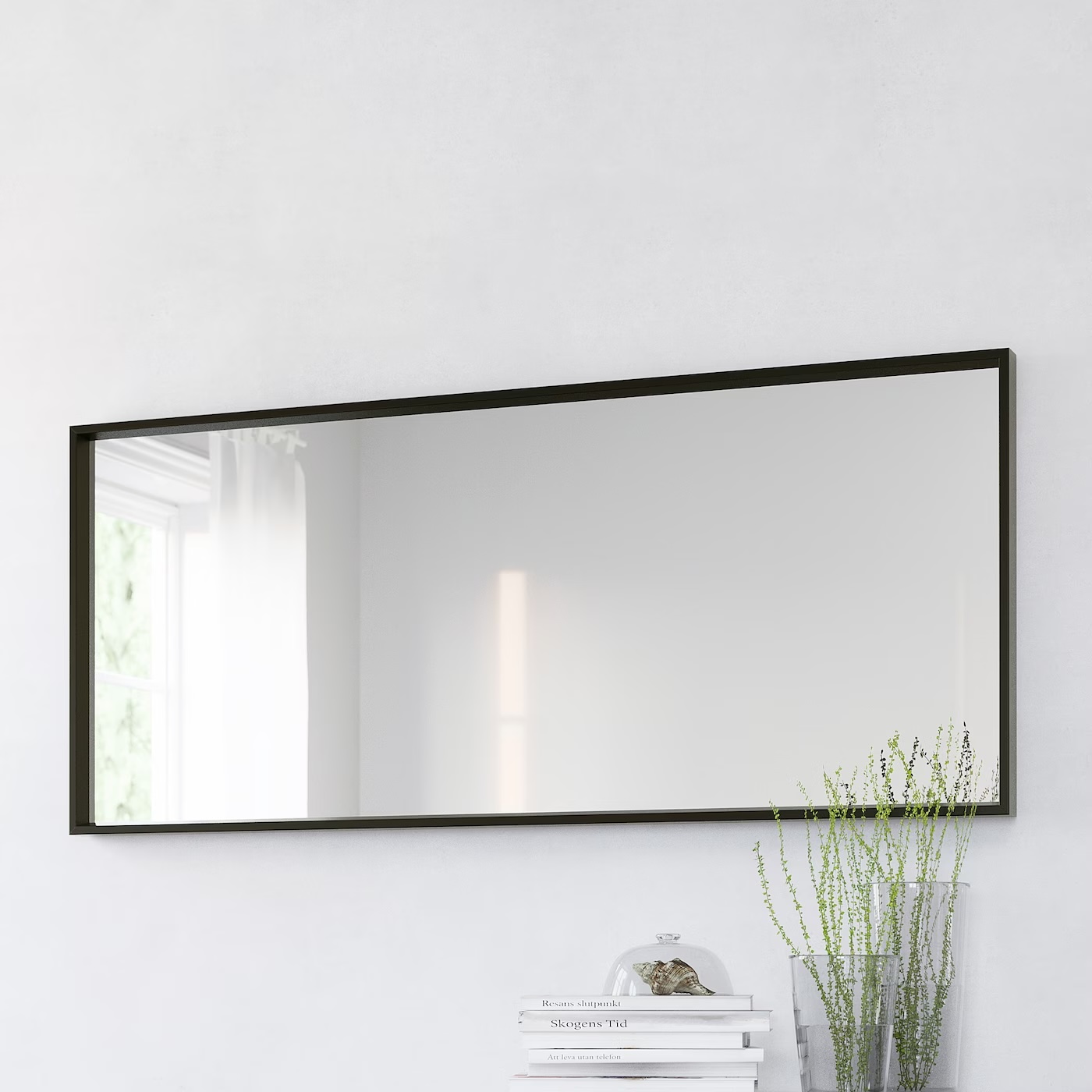
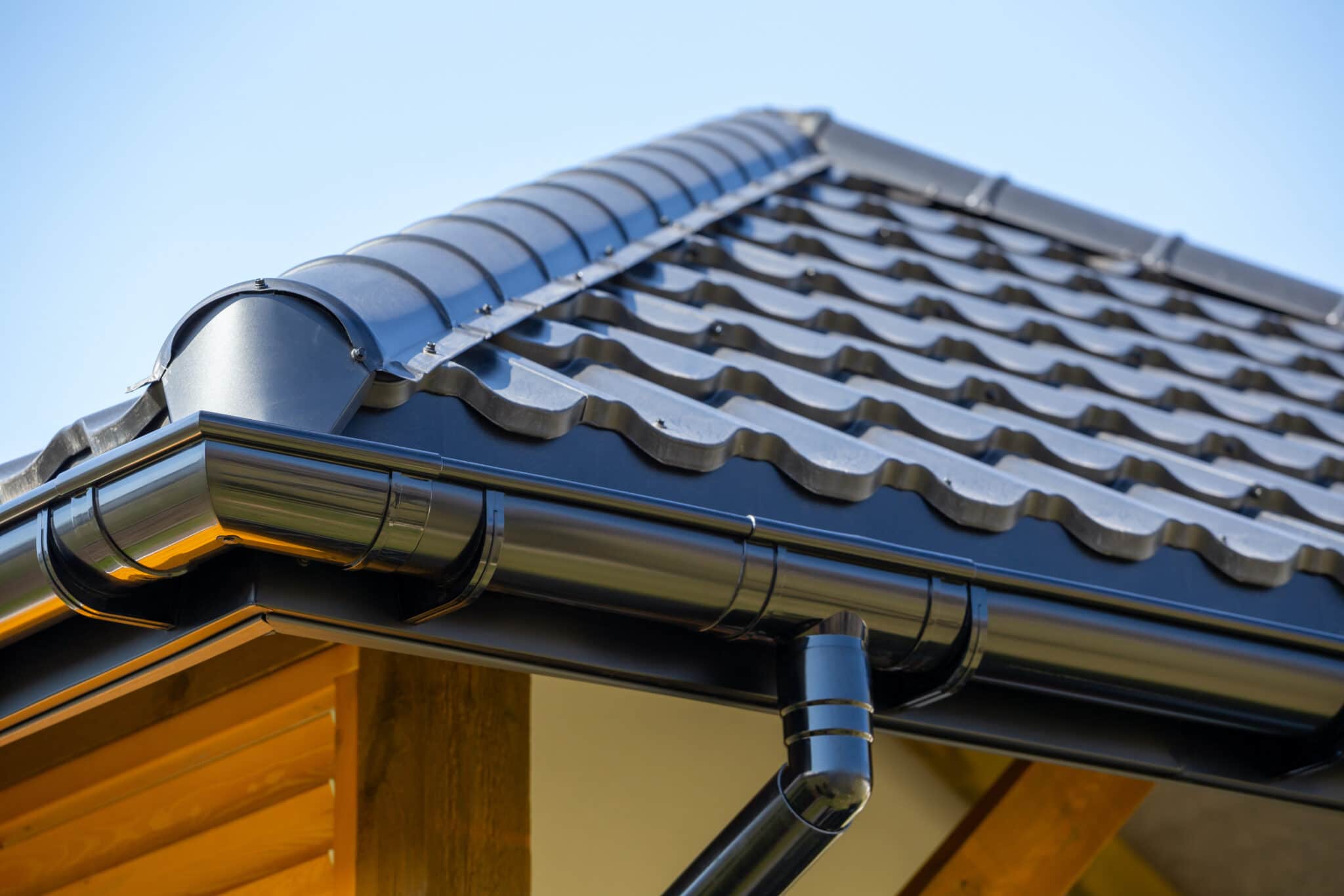

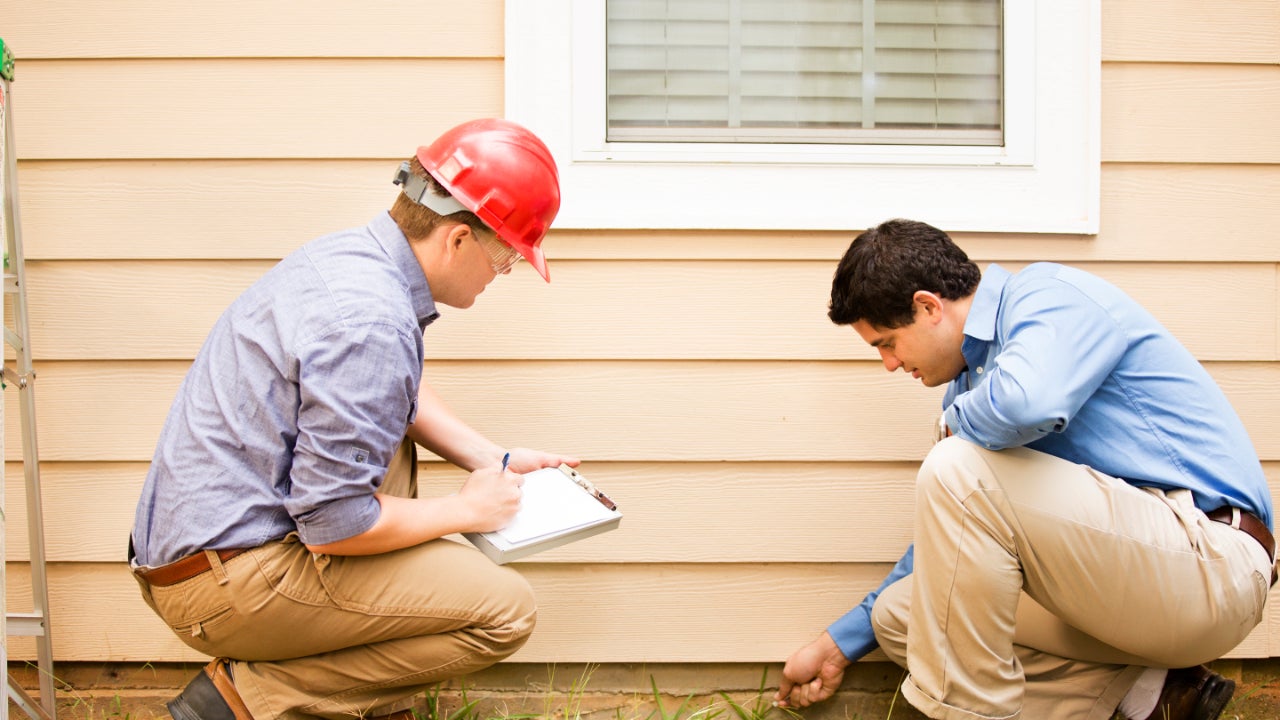
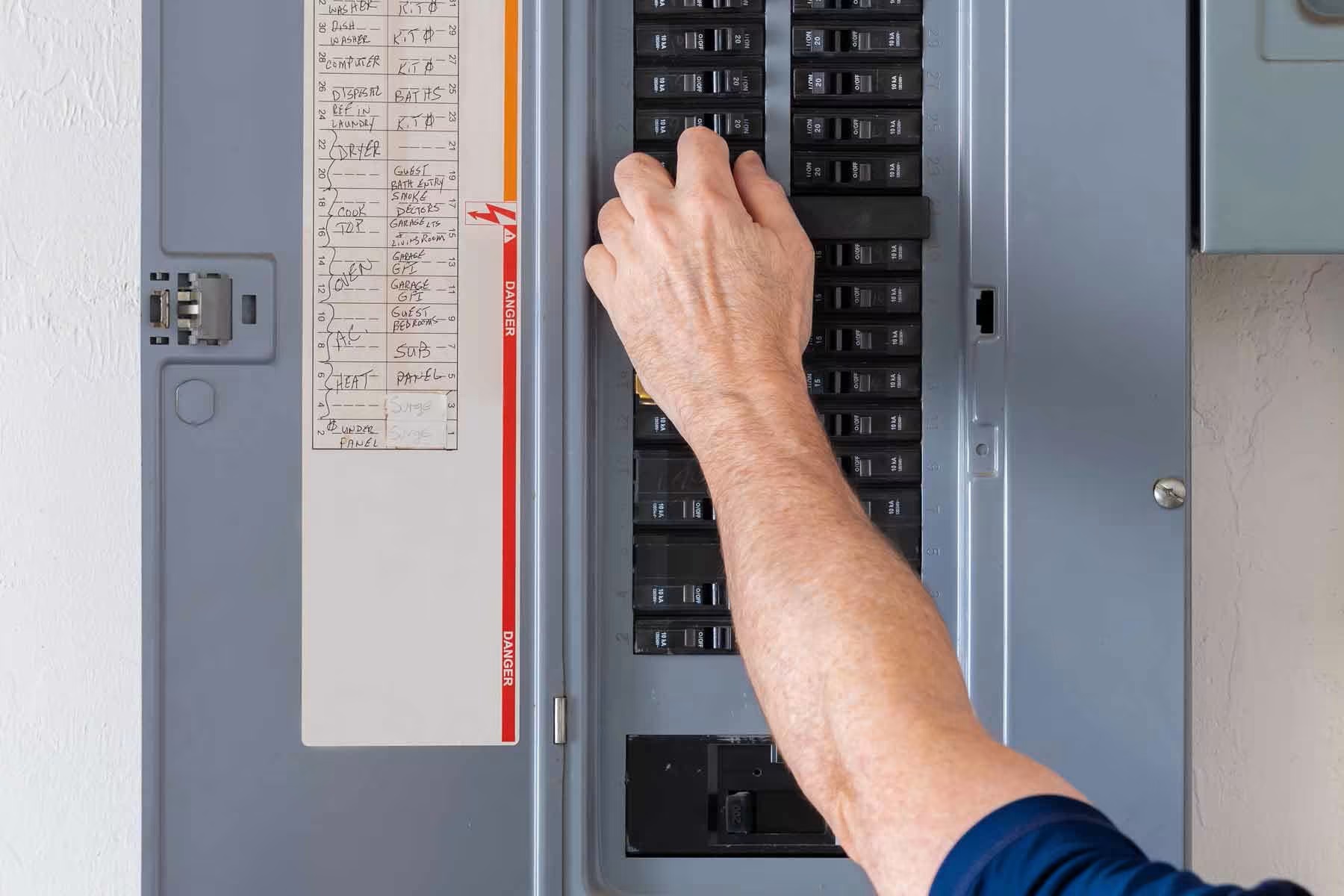
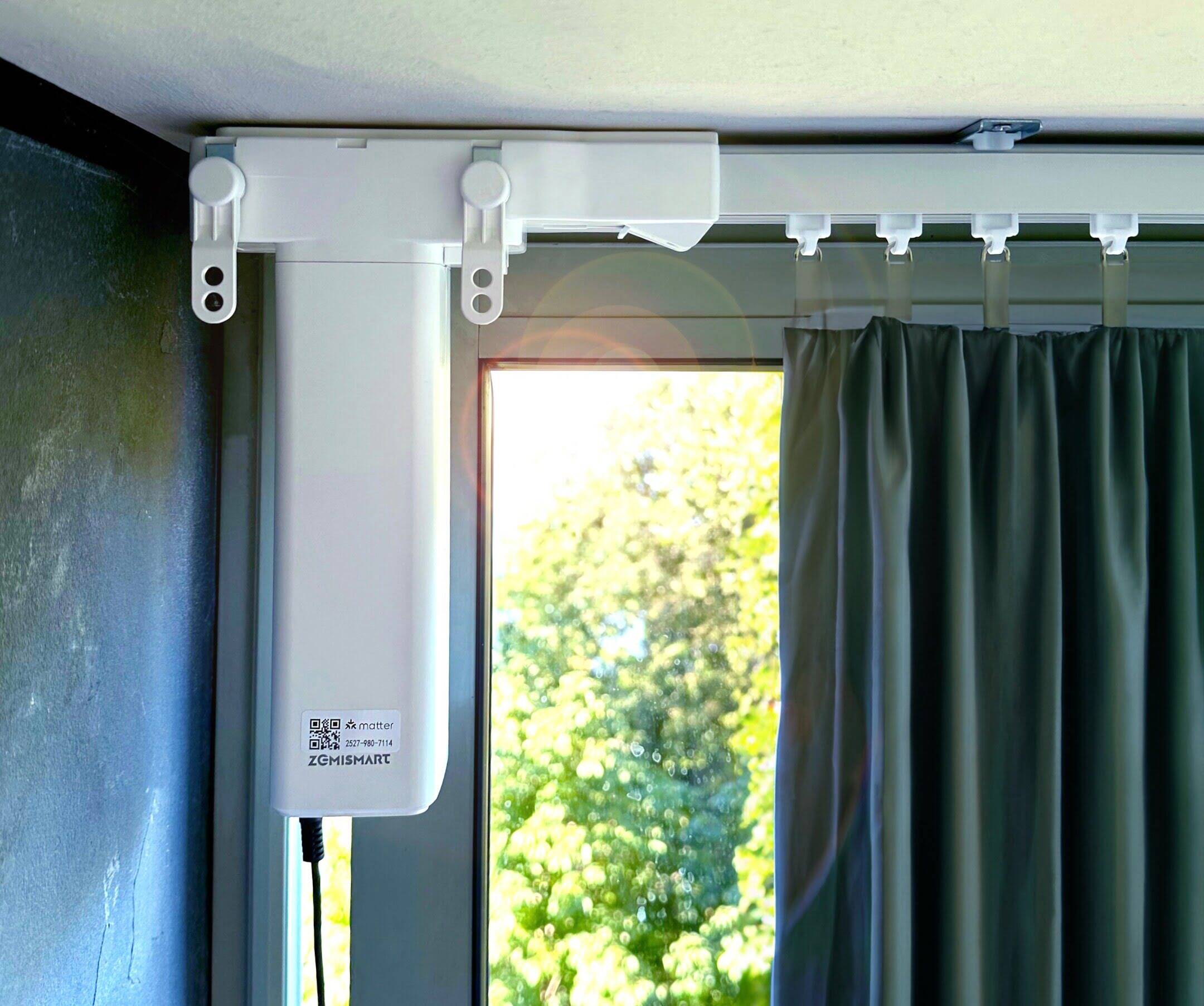
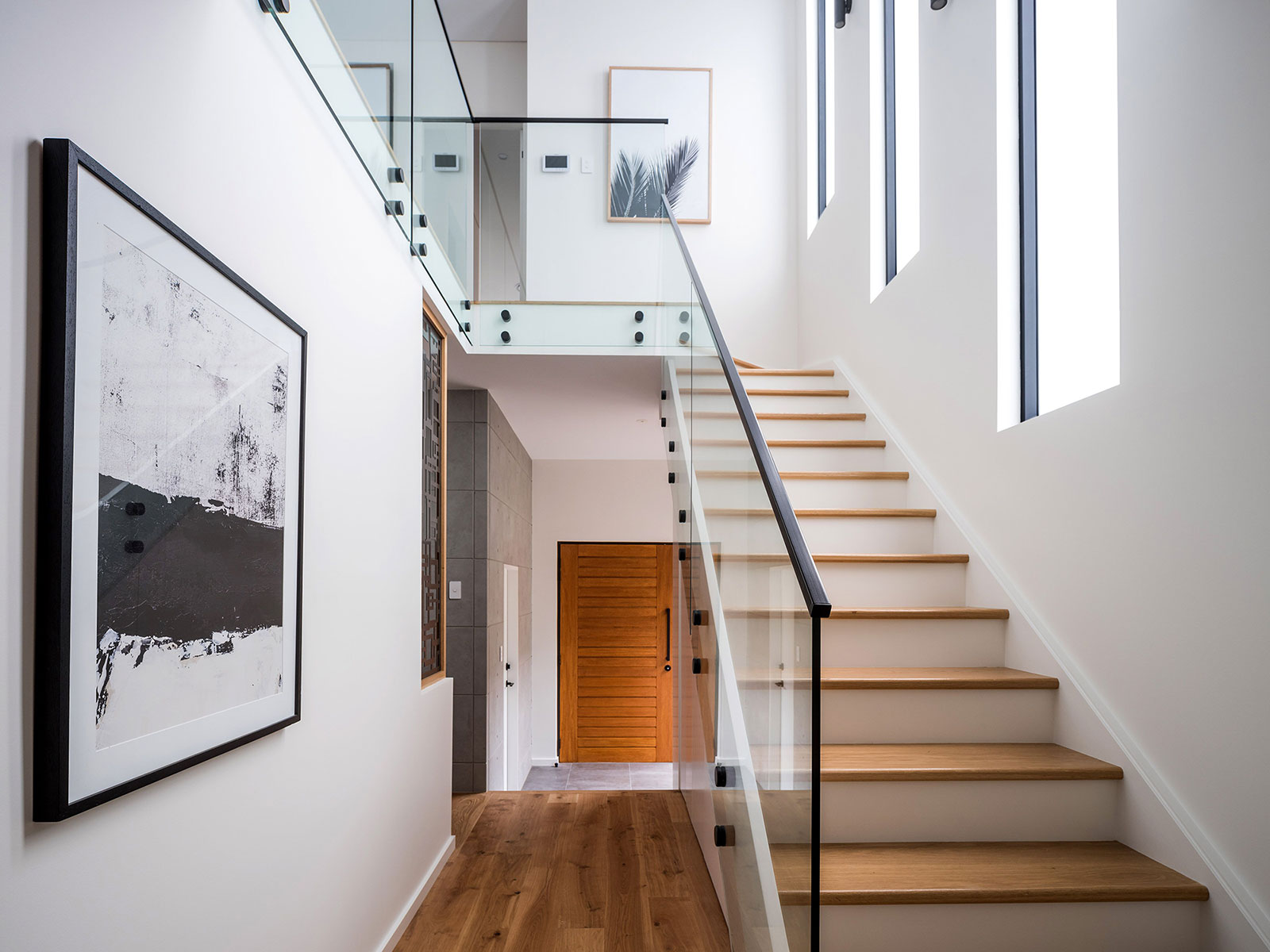
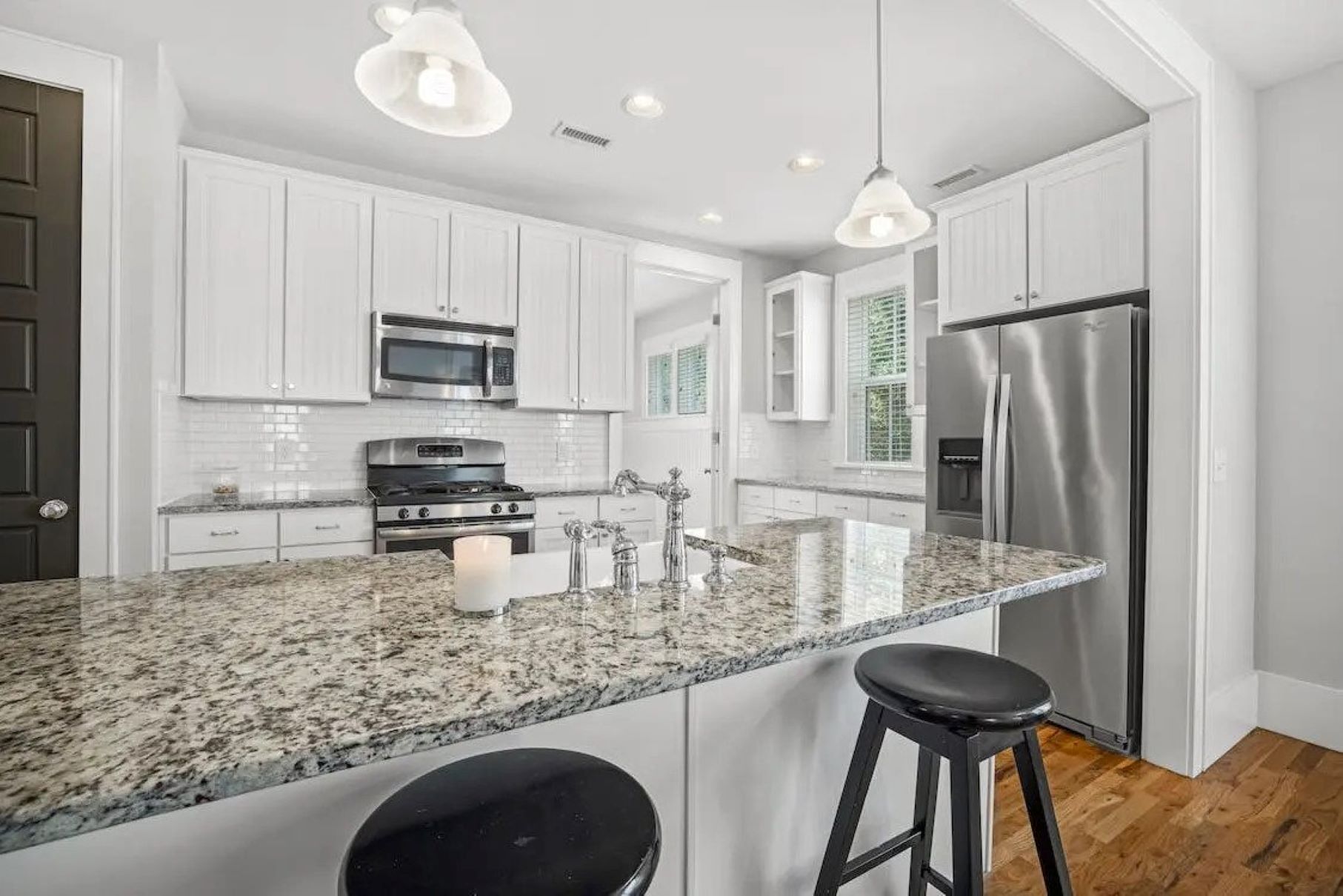

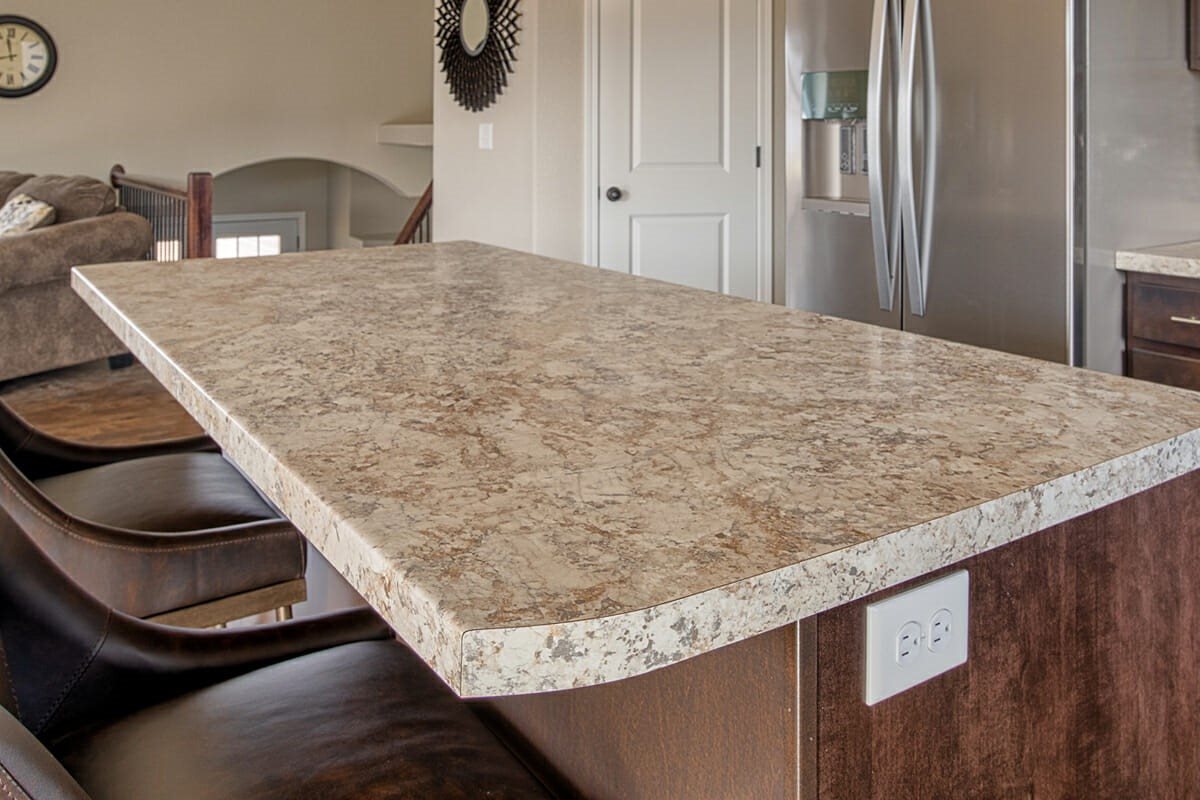
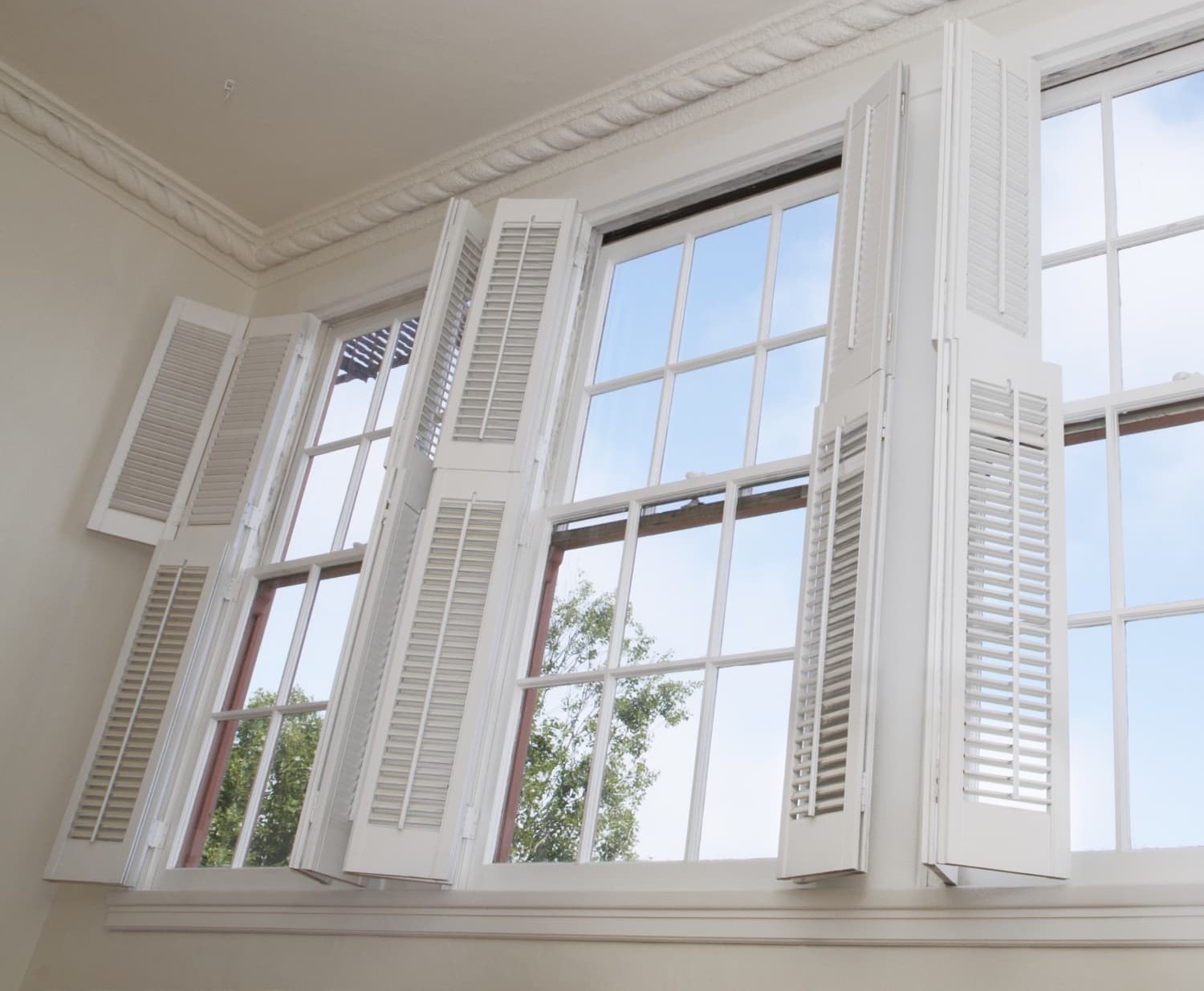
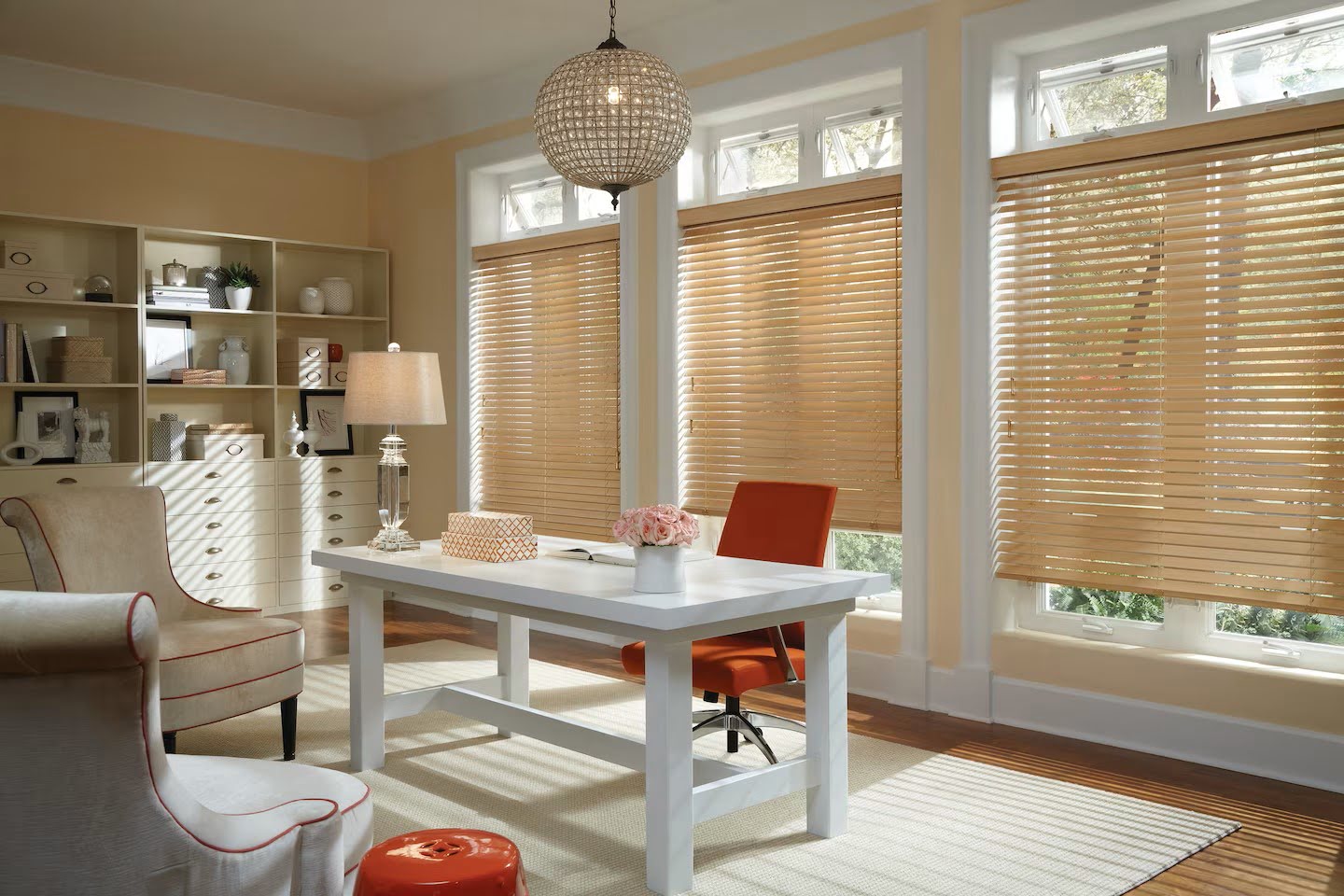


0 thoughts on “How Much Do Built In Bookshelves Cost”